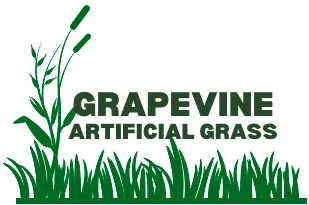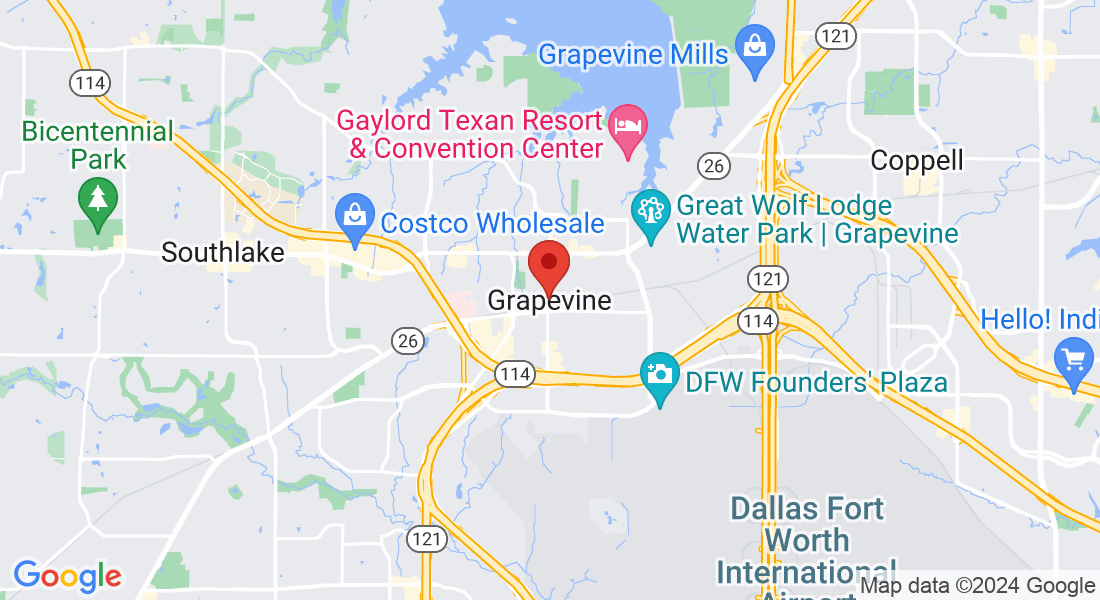
Grapevine Artificial Grass
Artificial Grass Installation, Grapevine TX
Step 1: PRE-SETUP
Make sure to remove subsurface hazards in your chosen installation spot. It may include water pipes and electrical lines concealed beneath the ground. If you have sprinklers in the vicinity, either protect them by covering them at the pipe level or remove them if they are no longer needed. Safeguard your electrical wires and place them at least eight inches away to reduce the risk of damage.
Step 2: GET THE AREA READY
Once the base is ready, prepare the foundational material. These include:
Getting Rid of Weeds
Digging the top layer of the soil
Set up Drainage
Step 3: INSTALL FOUNDATION
Apply Your Sub-Base Material
Spread your base material using a wheelbarrow or shovel. In regions with milder climates, you can utilize type 1 stone, gravel, crushed rock, decomposed granite, or any stones or rocks smaller than 3/8 inches as your foundation. Approximately 3-4 inches of base material is required to enhance drainage and prevent sinking. The most suitable sub-base for synthetic grass should possess the ability to absorb surface water swiftly.
Incorporate Sharp Sand
Lay a 10-15mm thick layer of sharp sand atop your sub-base using a shovel or a sand spreader to create a stable surface.
Water the Entire Area
Sprinkle the area with water using a hose, taking care not to overwater the sub-base, as excessive watering can displace the base material.
Compact Your Stone Layer
Employ a plate compactor or plate tamper to compact the surface. In areas obstructed by objects like trees, use a hand tamper or place a 2x4 wooden plank over the stones and hammer it down. The goal is to reduce the base to approximately 90% of its initial depth, achieving a concrete-like feel while maintaining drainage capacity. Pass the compactor or tamper back and forth for optimal compaction in overlapping directions. If within your budget, consider renting or purchasing a vibratory plate compactor for the most efficient and time-saving option. Alternatively, hand tampers are available at a more affordable cost.
Level the Entire Area
Thoroughly inspect the area for high and low spots. Fill or flatten any uneven areas as necessary. Use a rake to lower elevated sections and add more base material to address low spots.
STEP 4: ATTACHING THE SYNTHETIC TURF
Please take note of the dimensions of your designated area and compare them to the dimensions of your artificial grass. To create a more natural appearance, ensure that all the blades of grass face the same direction. To facilitate easy reference, mark your spaces using spray paint or chalk and label them as specific cuts.
Pro Tip: Outline borders on your surface using lines. These distinctions will act as a helpful guide when you lay down the seam fabric in the subsequent steps.
Position your second mat closely to the one you've already laid. Connect their edges in small sections, like seaming two pieces of fabric together. The result should resemble the meeting point of a tent. Ensure any gaps between the mats are maintained within 1/8 of an inch to make them inconspicuous. Trim any excess material from the newly laid side if it overlaps the one already fixed.
Drive nails into the ground at regular intervals, ensuring not to trap any grass fibers beneath the nail heads. This step is essential for securing the perimeter of the turf. Use landscaping anchor pins or 4- to 6-inch galvanized stakes to fasten the turf firmly. Position these pins or stakes along the perimeter, spacing them at approximately 6 to 8-inch intervals. Be cautious when hammering them flat, avoiding excessive force to prevent the formation of dips in your lawn.
